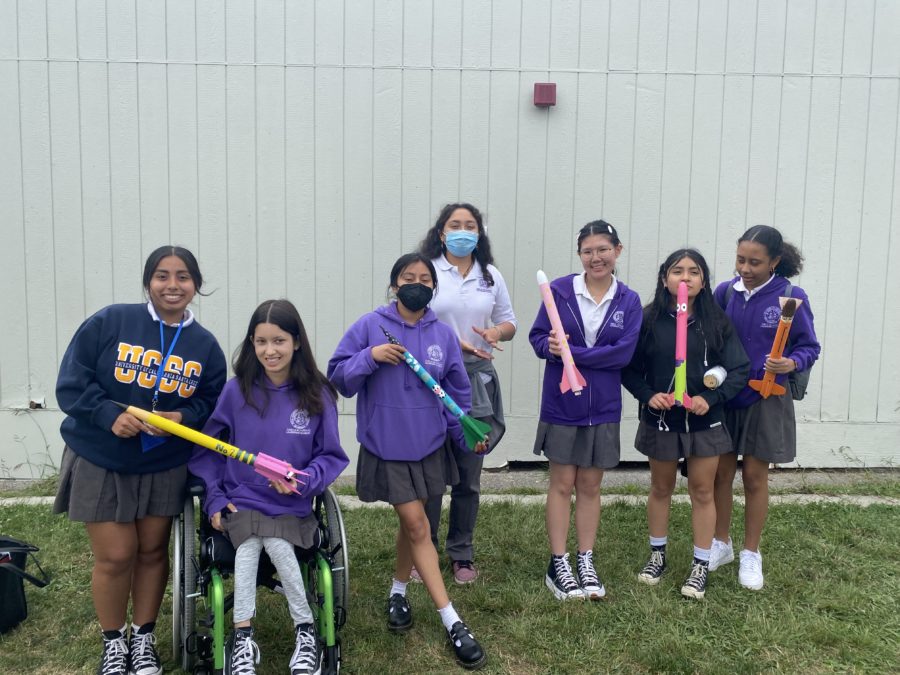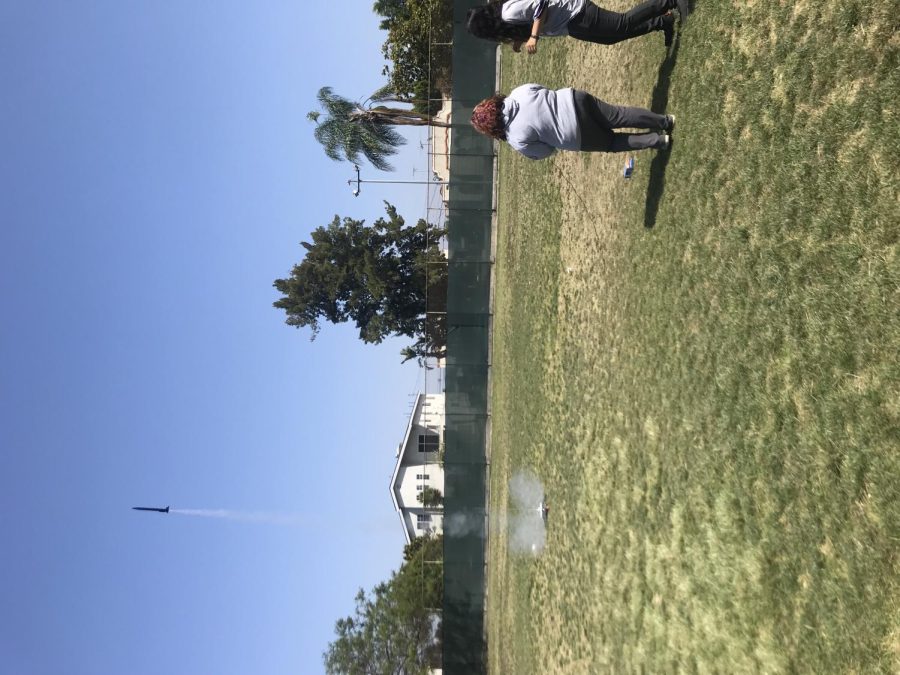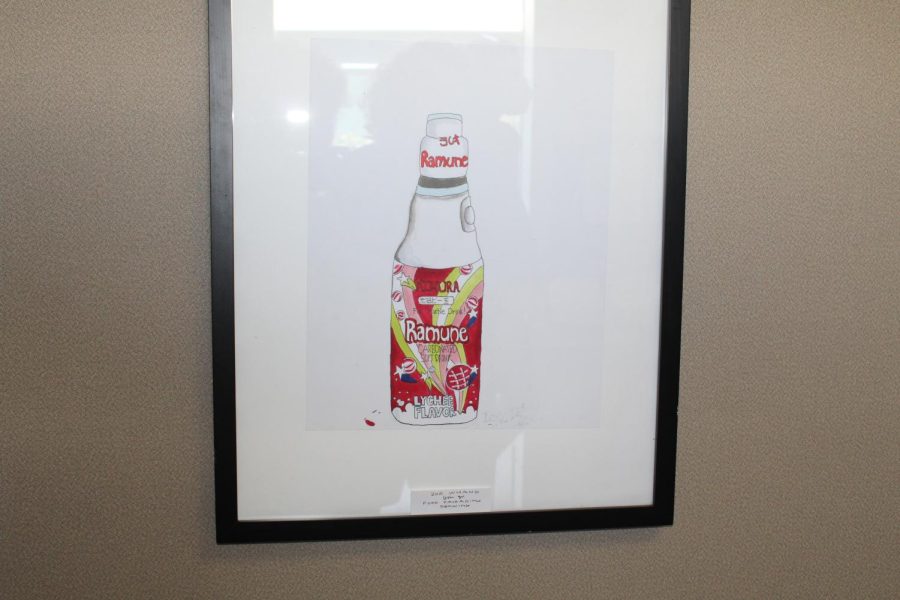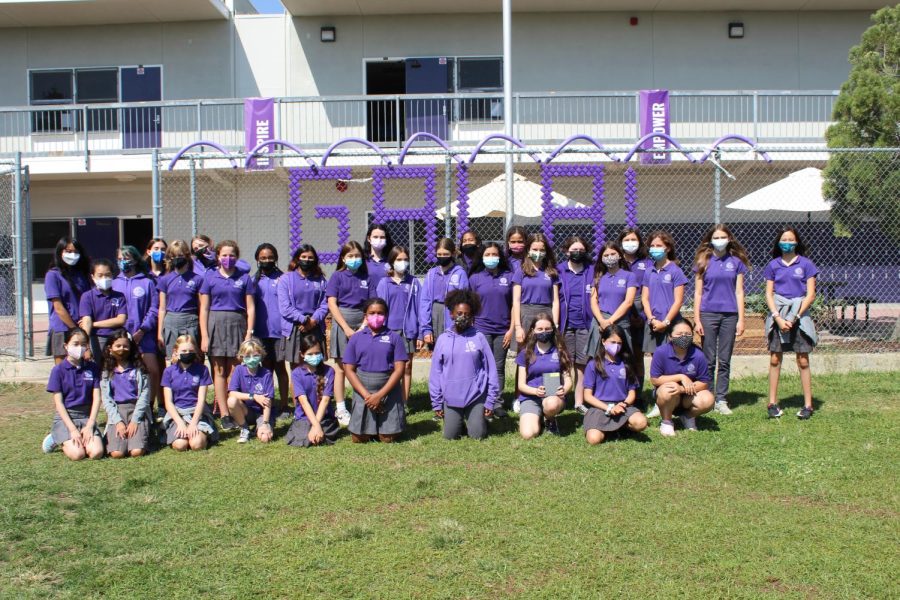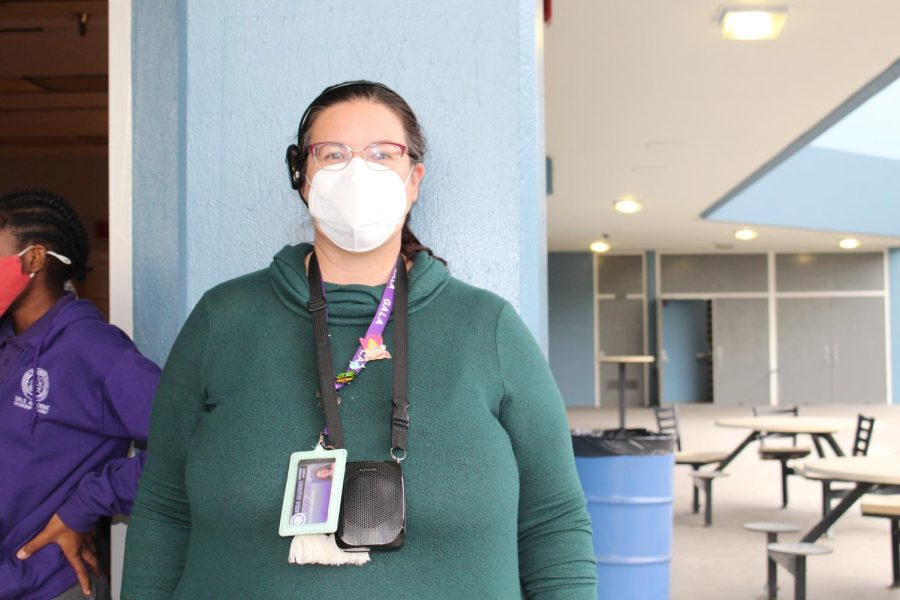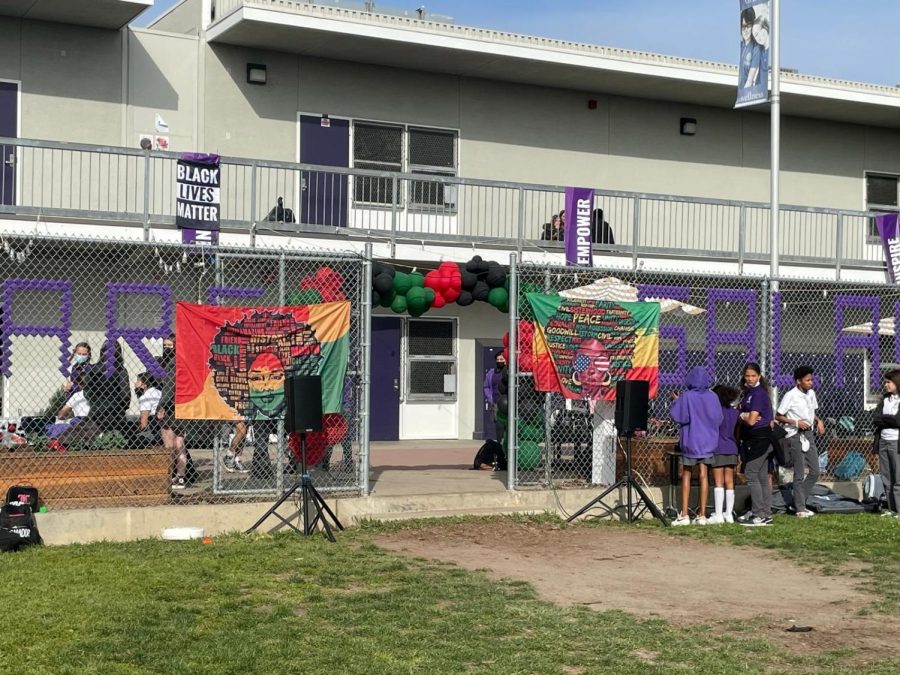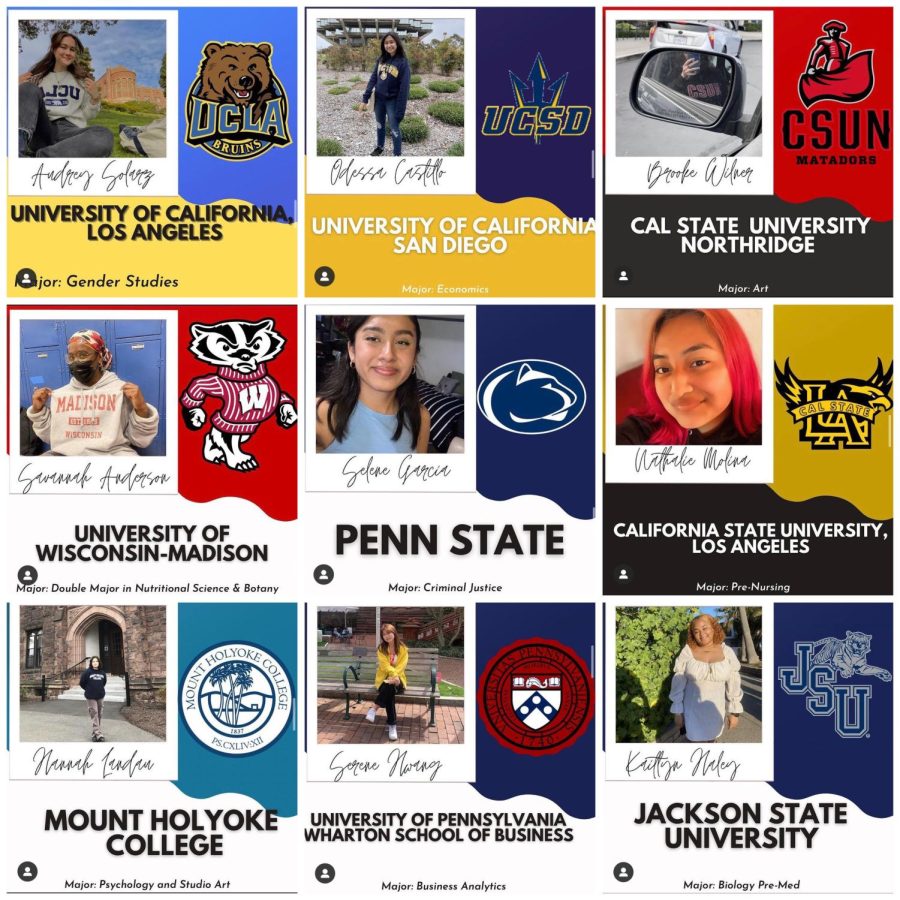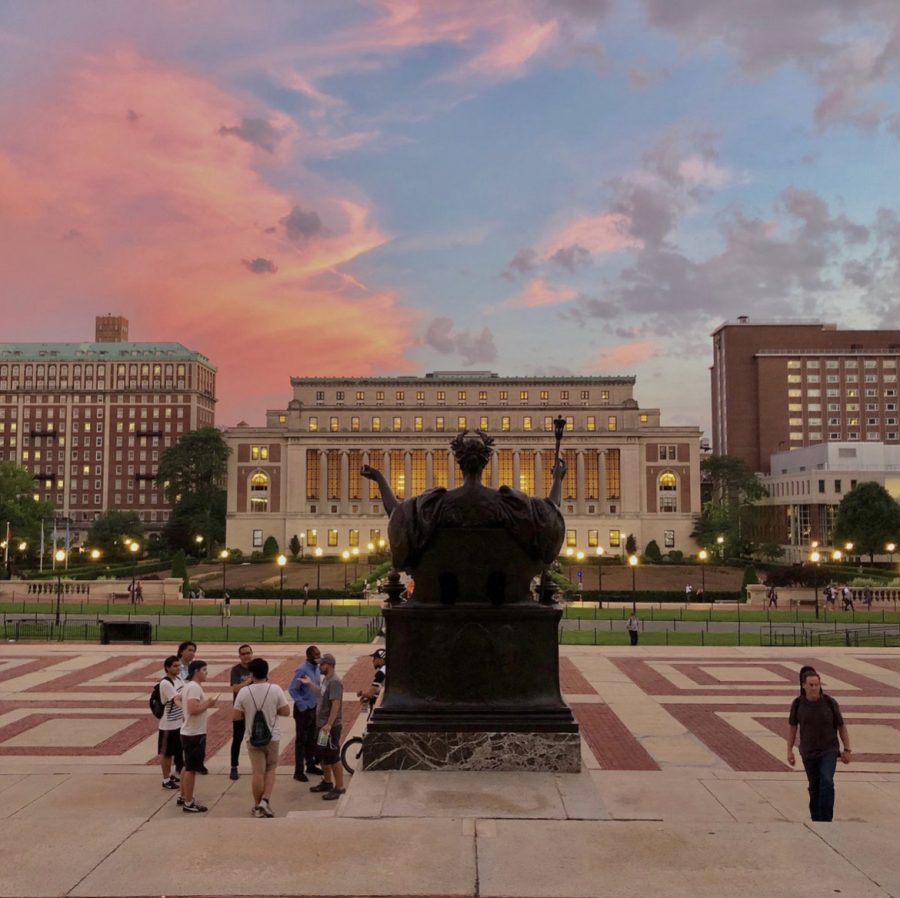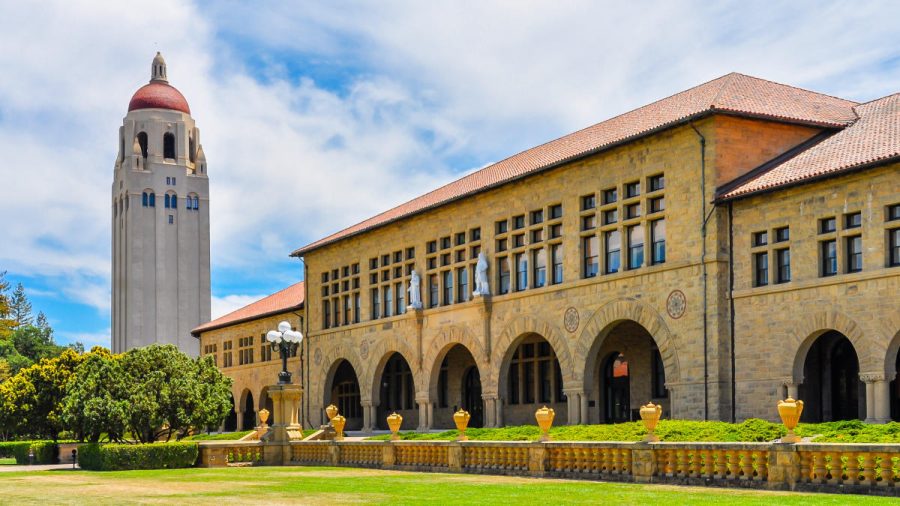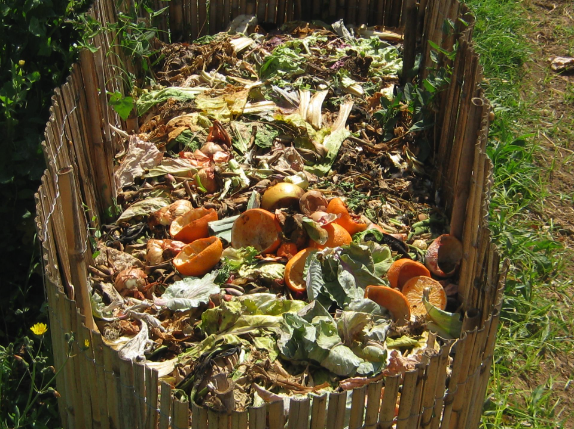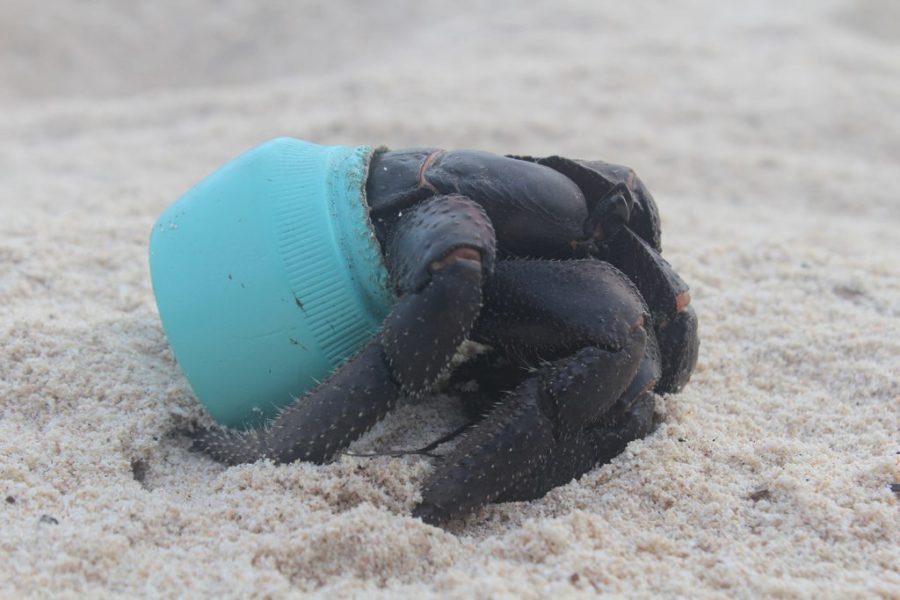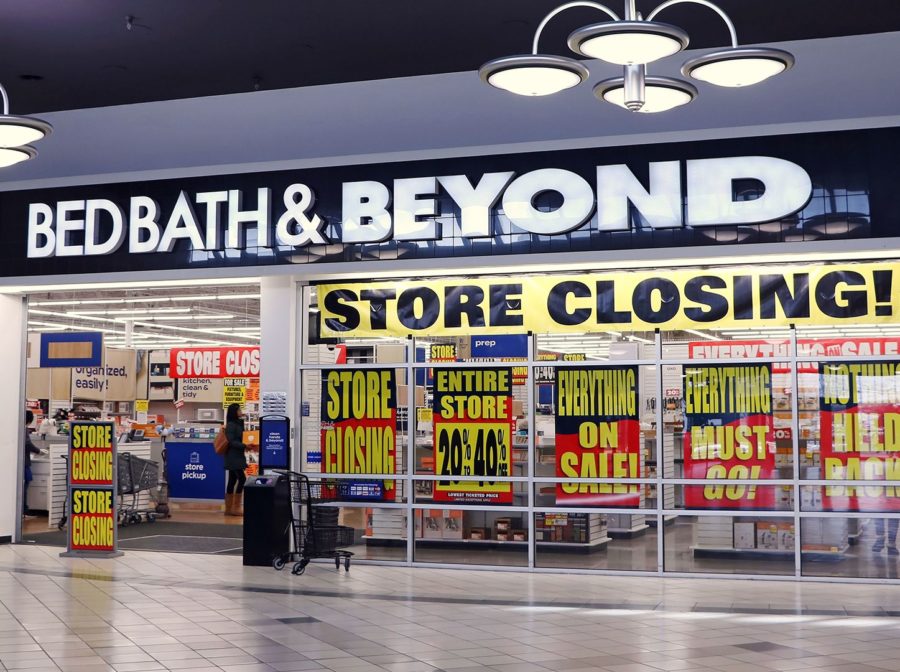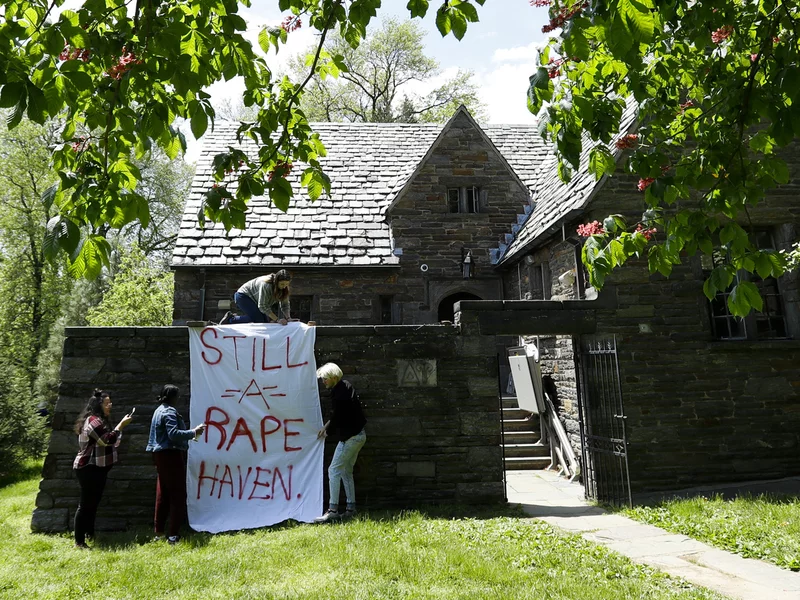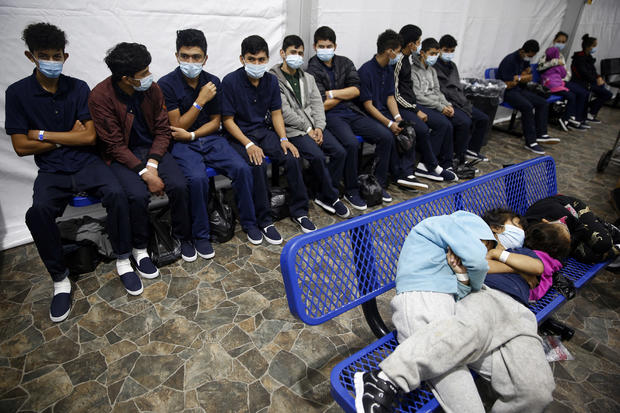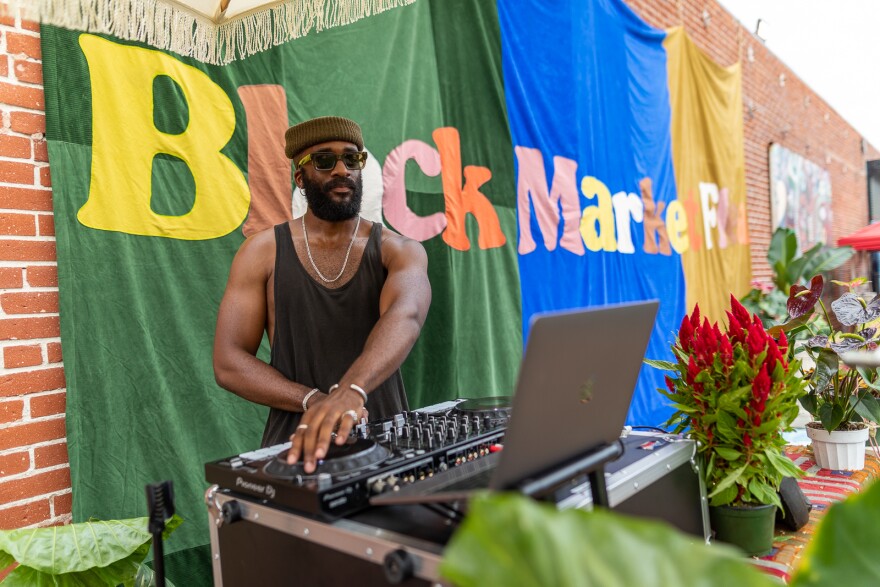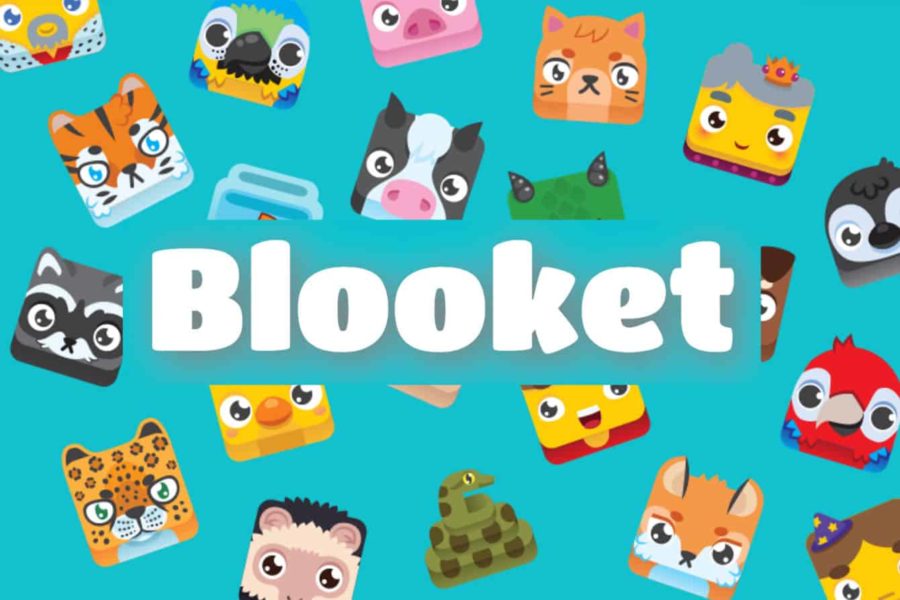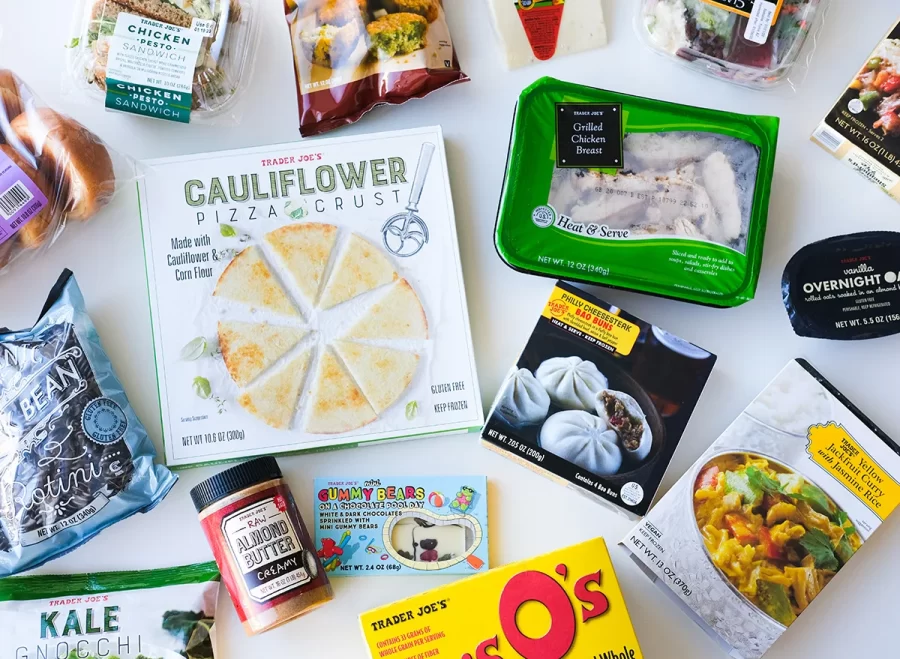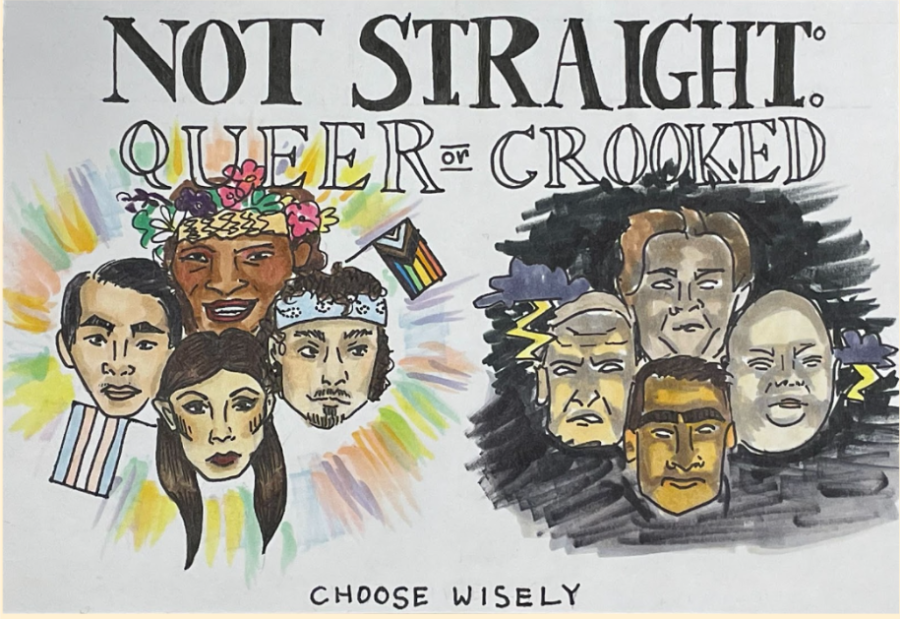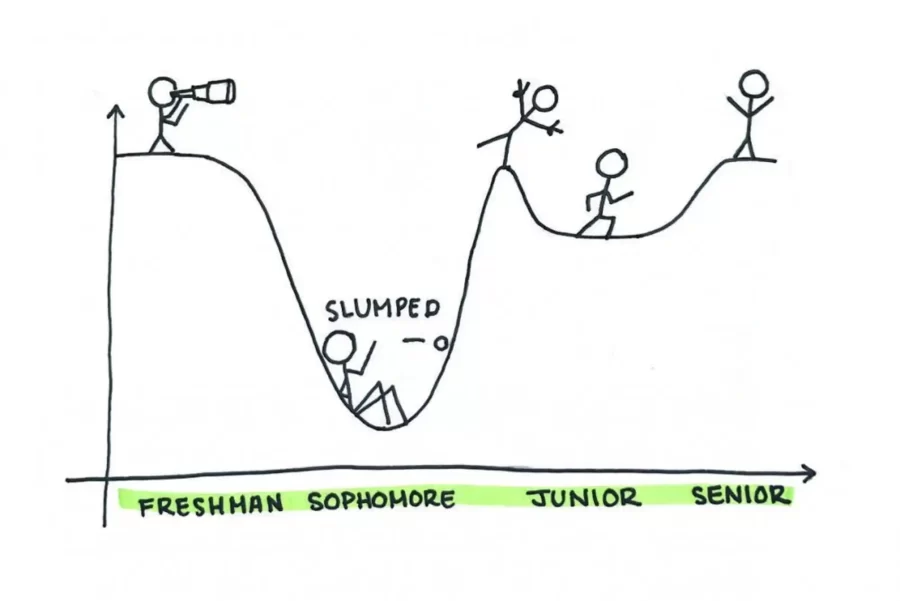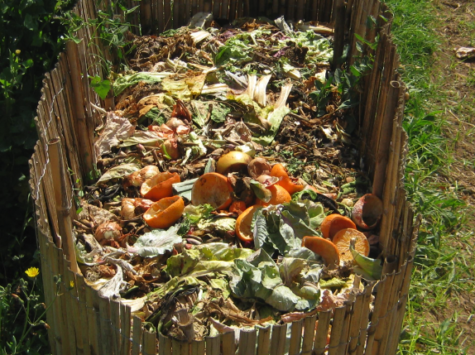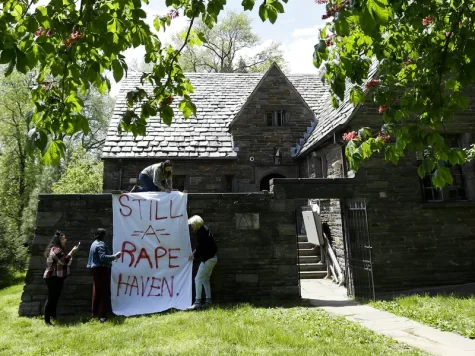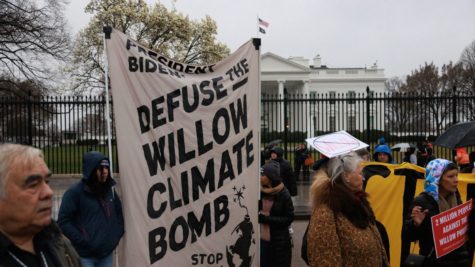The Labor Exploitation of Migrant Children
En masse, migrant children as young as 12 years old work jobs in the US under conditions that violate American child labor laws. The list of company benefactors is large, including Hyundai, Hearthside Food Solutions, Cheerios, Fruit of the Loom, Whole Foods, Target, Walmart, J.Crew, Frito-Lay, General Motors, Ford, and even Ben & Jerry’s milk supplier.
Forced to work in slaughterhouses, construction sites, food-packing facilities, and car factories, children do grueling work with dangerous machinery on late-night shifts. Injury is commonplace, with work-related deaths totaling a dozen. As The Nation puts it, the modern-day exploitation of migrant child workers “is reminiscent of the conditions that factory children in the Victorian and Gilded Age dealt with.”
According to the same Nation report, one child said that the spicy dust from packaging Flamin’ Hot Cheetos makes their lungs sting. Another child noted that hulling large, heavy pallets of cereal all night causes their back to ache. Another child named Carolina told The Nation she is worried that her hand will be caught in a conveyor belt – federal law classifies such machinery as hazardous equipment, and bans any kid as young as Carolina from working with such equipment.
So, why is this large-level use of child labor happening? According to CBS, many of these working children have said immigrating to the U.S. is the only way to get their families out of poverty, and cross the border alone. In November 2020, a deportation exception was made for unaccompanied children traveling to the US without either parent, which many child laborers cite as both how and why they traveled alone.
Legally, what should happen to children who immigrated to the US without their parents is that the child should be placed in the custody of a sponsor. Ideally, this sponsor would be a relative of the child who lives in the US. However, more kids than ever are crossing the border, more than systems can handle, leading to an increase of migrant children being placed in areas not meant to take care of them. This has led to pressure on the facilities to release more children, overriding or removing many steps of the vetting process for the sponsors, which has led to the largely unregulated entrance of these children into the American workforce.
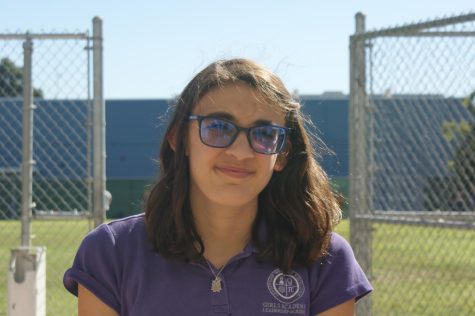
Bella Bellias is a junior in her first year of journalism. She is a very passionate editorial writer that wants to share her opinions about various current...
